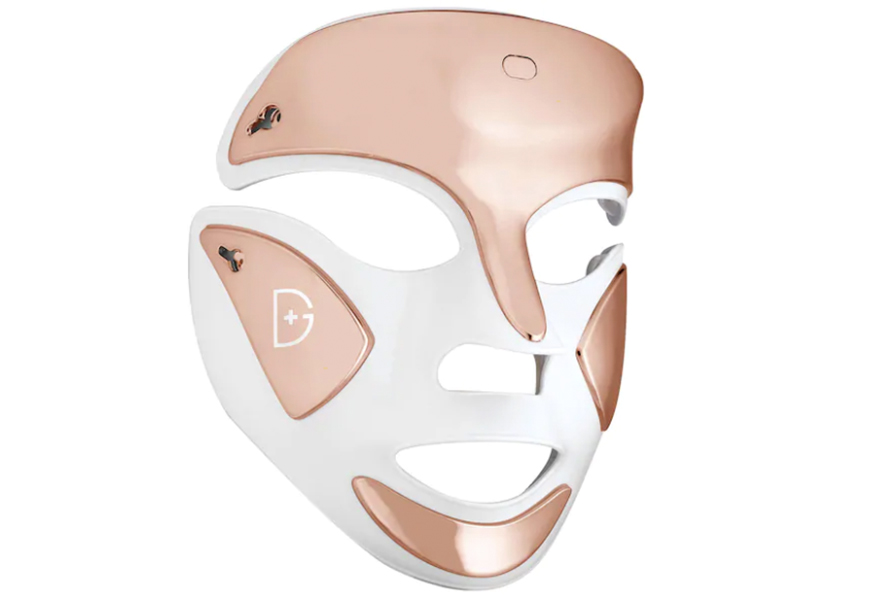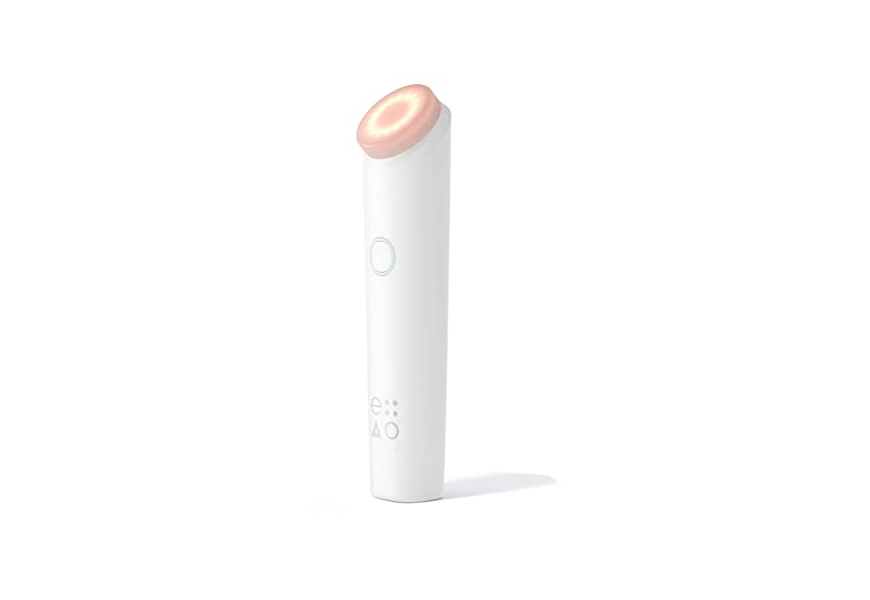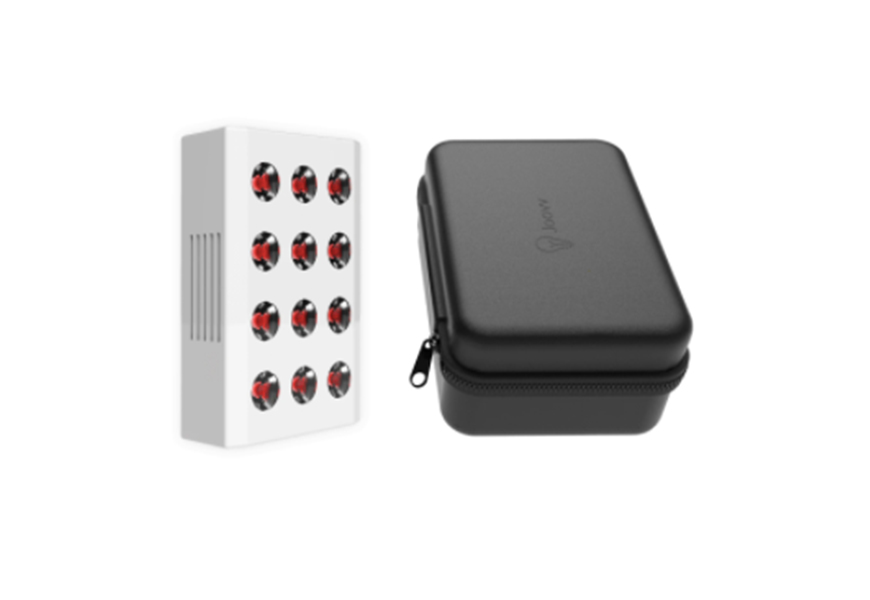The Collagen-Boosting, Acne-Fighting Red Light Therapy Benefits Are Beyond Belief
"Red light therapy is a specific form of LED light technology, which stimulates collagen production in your own skin cells which diminishes fine lines and wrinkles," explains board-certified dermatologist Dennis Gross, MD, who is a major proponent of adding the techy step into your regimen as a supplement topical treatments.
Red light therapy—also known as low-level light therapy—delivers a safe wavelength of light into your skin to stimulate a sort of chain reaction of regenerative results. Your skin and tissues are made up of a few different types of cells, namely fibroblasts, keratinocytes, and immune cells, all of which are important for regeneration. According to research, the wavelengths of light found in LED (namely the ones around 660 nanometers) can stimulate these cells, which boosts the production of collagen and elastin. It also kicks up ATP, otherwise known as your cellular energy source, leading to an increase in circulation and better-functioning skin.
While all of this stuff is going on beneath the surface, it has the potential to show real, research-backed results on your skin.
Red light therapy benefits
1. Diminishes fine lines and wrinkles
We know that your skin's natural collagen production starts to slow down around the time you hit 30, and can be further depleted by environmental aggressors like sun damage, oxidative stress, and general wear and tear as the years go by. "Because collagen also contributes to thinning of the skin, a loss of elasticity and sagging, red light therapy works for these classic problems, too," says Dr Gross.
2. Reduces scarring
While red light therapy has now become common for age-related skin concerns, it was initially studied for its wound-healing properties. A 2014 study found that it has beneficial effects on "acne scars, hypertrophic scars, and healing burns" thanks to the cellular processes it kicks into gear, which means its effective in doing away with any of the acne scarring that is still showing up on your skin years later.

{{post.sponsorText}}
3. Fights acne
Speaking of acne: Sunlight could have some benefits at squelching the stuff (studies have shown that it can reduce pimples by up to 70 percent, which is why you might have noticed a pimple magically disappear after a day at the beach), but is never recommended by derms because it exposes you to UVA and UVB rays, which do a lot more harm to your skin than good (ahem, skin cancer). Red light therapy has been tested as an alternative, and was found to help decrease the sebum (aka oil) production and change some of the cellular behavior that leads to acne.
4. Treats inflammation
Red light therapy can also diminish some of the inflammatory properties in your skin. Studies have shown that it reduces oxidative stress, which is responsible for inflammation. According to Dr. Gross, it also helps reduce the redness, and all of these things make it an effective line of defense for all sorts of inflammation-induced concerns, like acne (so, two checks in the "fights acne" column) and rosacea.
5. Aids in muscle recovery
In addition to being a part of your beauty routine, red light therapy could be worth adding to your recovery routine, too. While 660 nanometer wavelengths of red light work for treating skin issues, longer, 850 nanometer wavelengths are able to penetrate more deeply to help with tissue regeneration. "Muscles respond very well to [red light therapy]," says Michael R. Hamblin PhD, from the Wellman Center for Photomedicine at Massachusetts General Hospital. "It hastens recovery after exercise, and reduces delayed onset muscle soreness."
At-home red light therapy
Clearly, the red light therapy benefits are major—for skin and beyond—and there's a reason why they've long been such a staple in professional-grade treatments. Now, though, you can get these same benefits at home by way of over-the-counter devices.
A few things to keep in mind before you try it out for yourself? "You can use an at-home LED as part of your morning or evening routine, but you should always use the device on clean, dry skin," says Dr. Gross. "If you apply products before using an at-home LED device, the light won’t be able to penetrate, and you won’t see the best results." Ideally, he says, you should cleanse and use a gentle exfoliant to ensure you've wiped away all of the dirt and dead skin cells from the surface, which will allow the LED to penetrate more deeply. Below, three editor-tested favorites that will bring the treatment into your very own bathroom.
Eterno LED At Home Anti-Aging Facial Toning Device, $265
Having personally used this particular LED light to treat an intense surgical scar on my face, I can personally attest to the fact that it lives up to the hype. It's been approved by the FDA for improving the appearance of wrinkles, fine lines, rosacea, sun spots, scars, large pores and skin texture, and because it's handheld you're able to target it to exactly the areas you want to treat.
Dr Dennis Gross Skincare SpectraLite™ Faceware Pro, $435

Dr. Gross is such a big believer in red light therapy benefits that he created a device of his own so that people could experience them outside of his office. His mask has become the gold-standard for at-home light therapy, because it does it all—in addition to red light it also has a blue light feature that further aids in the treatment of acne by killing the bacteria (known as P.acne) that causes it.
Joov Go, $295
If you're most interested in the muscle recovery benefits of red light therapy, look no further than the JOOV. It's perfect for popping into your gym bag to use after a workout, and is wireless and rechargeable so you can use it anywhere, any time.
Want even more beauty intel from our editors? Join Well+Good's Fine Print Facebook group for must-know tips and tricks.
Loading More Posts...

